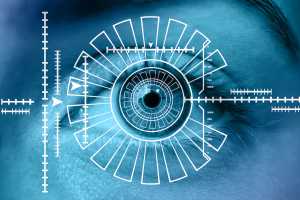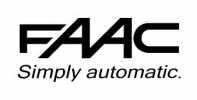Biometric Entry Systems vs Standalone Access Control
There is a huge range of options available on the market for homeowners who are looking to introduce an additional layer of security to their homes. The rapid advancement of technology means that if you are purchasing an entry system for your home, you’ve a lot to choose from. Pricing for biometric systems isn’t prohibitively expensive as one would think, but how does it compare to other access control systems?
What is a standalone system?
You’ll recognise standalone access control systems – if you work in an office, live in an apartment building or have to visit a multi-occupant business or residential property during your day-to-day life, chances are you’ll have encountered such a system. They take the form of keypads or key fob scanners, ensuring that access is controlled and limited to those who are authorised to enter the property.
Standalone systems use a single power supply and a locking device. The circuitry and mechanism that opens the door and grants access is contained within the control module. When the user enters the appropriate code, or scans a recognised fob, the relevant operation is relayed and access is granted.
What are the pros and cons of choosing a keypad or fob entry system?
When compared to the more sophisticated technology of biometrics, keypad and fob entry systems are a low cost, effective method of access control. Where keypad entry is concerned, codes can be changed by authorised personnel should they need to be, and key fobs can be activated or deactivated as necessary – this is ideal for business premises, should they need to revoke an employee’s access when they leave the company.
You have options when it comes to keypad locks, too – from keypad-only to keypad/fob combination modules – whatever suits your requirements the best.
A drawback of these systems is the extra costs that can be incurred, especially in relation to fob systems. Purchasing the fobs/key cards/passes can be costly, particularly for larger companies, and when these items are lost, more need to be bought. The up front cost of keypad systems is cheaper, but you must weight that up against the greater recurring costs when compared to biometric systems.
What are the pros and cons of choosing a biometric entry system?
 Biometric entry systems offer a level of security that is unmatched by any other. Passwords and codes can be copied, fobs can be lost, but you can’t copy a fingerprint or a retina, which means that the likelihood of someone tricking their way past a biometric entry system is almost non-existent.
Biometric entry systems offer a level of security that is unmatched by any other. Passwords and codes can be copied, fobs can be lost, but you can’t copy a fingerprint or a retina, which means that the likelihood of someone tricking their way past a biometric entry system is almost non-existent.
There are no recurring costs for biometric access control systems. Once installed, it’s ready to be used as frequently as necessary for as long as necessary. Of course, there may be maintenance requirements from time to time.
One potential drawback to these systems is their upfront costs. However, while they may be more expensive than fob scanners and keypads, their prices is a lot lower than it has been in previous years, and there’s no ‘accessories’ required – no badges, no fobs, no passes.
Whether you opt for biometric scanners or traditional keypad access control, you can be sure that you are ramping up the security on your premises and helping to limit access to those who need it. Before making your choice, speak to the experts at Strand Systems today – we can install all manner of access control systems for domestic, commercial and industrial properties.







